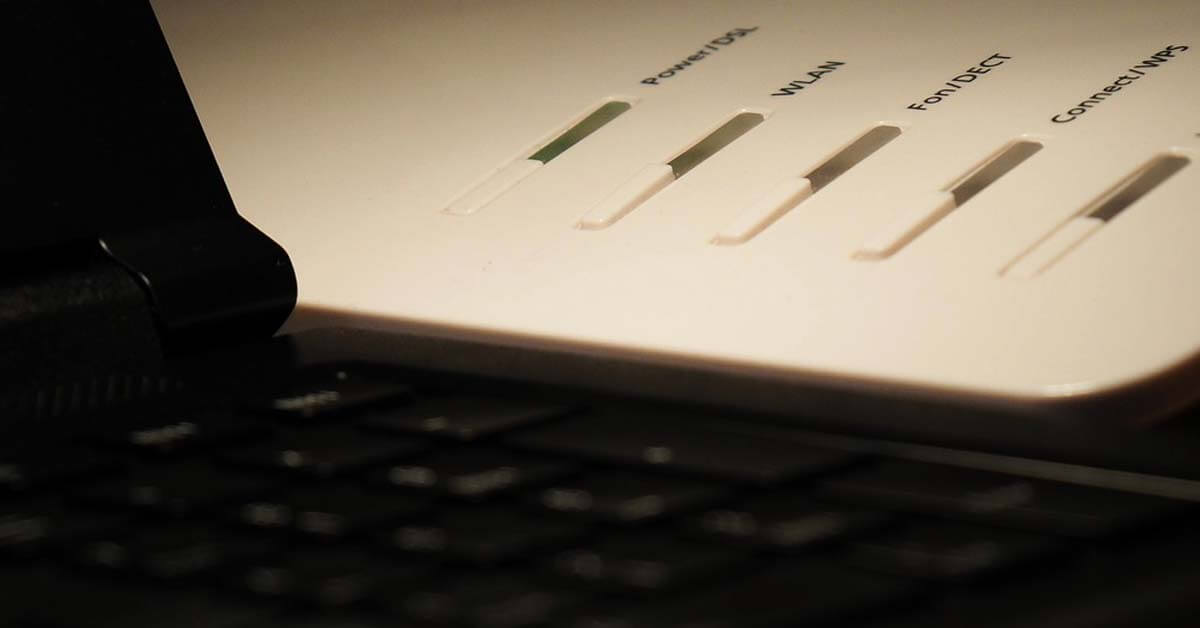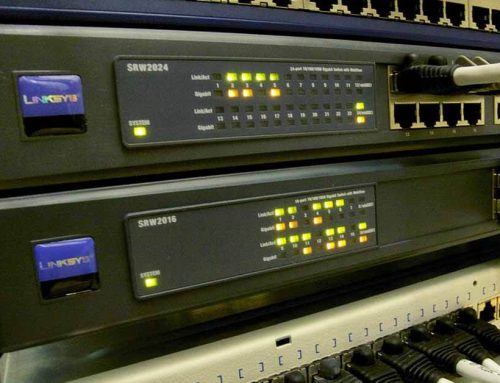The TP Link Deco BE85 is a high-end tri-band mesh Wi-Fi 7 system that delivers ultra-fast wireless speeds and future-proof features suited for whole-home coverage and multi-gigabit internet setups.
TP Link Deco BE85 Technical Details and Specs
Wi-Fi Standards: Wi-Fi 7 (802.11be), tri-band system operating on 2.4GHz, 5GHz, and 6GHz bands.
Speeds: Up to 1376 Mbps on 2.4GHz (4×4 40MHz), 8640 Mbps on 5GHz (4×4 240MHz), and 11520 Mbps on 6GHz (4×4 320MHz).
Processor: Qualcomm Networking 1220 Platform with a Quad-Core 2.2 GHz CPU.
Ports: Each unit includes two 10G Ethernet ports, two 2.5G Ethernet ports, and one SFP+ port for fiber connections.
Antennas: 8 antennas per unit for enhanced coverage and performance.
Cooling: Equipped with two quiet internal cooling fans to manage heat generated by the high-performance CPU.
Multi-Link Operation (MLO): Enables Wi-Fi 7 devices to connect simultaneously to all three bands to maximize throughput and connection reliability.
Backhaul: Uses the 6GHz band by default as a dedicated wireless backhaul but can utilize all three bands, offering up to 21,536 Mbps theoretical backhaul capacity.
Multi-Gig Ready: Supports multi-gigabit speeds both wired and wireless, future-proofing for very high-speed internet.
How does the multi-link operation (MLO) technology improve connection speed and reliability
Multi-Link Operation (MLO) in Wi-Fi 7 significantly improves connection speed and reliability by allowing a device to connect and transfer data simultaneously across multiple frequency bands—typically 2.4 GHz, 5 GHz, and 6 GHz—instead of using only one band at a time.
This simultaneous multi-band communication boosts throughput, reduces latency, and enhances connection stability.
Specifically, MLO achieves this improvement through several mechanisms:
Increased Speed (Higher Throughput)
By aggregating bandwidth from multiple bands, MLO enables higher data rates as data can be transmitted and received in parallel across several channels.
This avoids the bottleneck of a single band’s limited bandwidth and can nearly double throughput especially under interference or congestion.
Improved Reliability
If one band becomes congested or interfered with, MLO dynamically redirects traffic to other available bands, maintaining a strong and consistent connection.
This redundancy minimizes dropped packets and interruptions commonly caused by interference, making MLO great for crowded environments like apartments and offices.
Reduced Latency
MLO devices select the fastest and least congested route for each packet on a per-packet basis, lowering network response times.
This benefit is critical for latency-sensitive applications like online gaming, VR/AR, and video conferencing.
Load Balancing and Parallel Transmission
Traffic is smartly distributed across links to avoid overloading any single band, and data can be split and transmitted in parallel streams, further enhancing performance.
To leverage MLO’s benefits, both the router and client device must support Wi-Fi 7 with MLO.
This technology represents a key leap forward for Wi-Fi, making networks faster, more stable, and more suitable for demanding high-bandwidth and low-latency applications.
In summary, MLO improves connection speed and reliability by enabling simultaneous multi-band data transfer, adaptive load balancing, quick dynamic switching during interference, and reduced latency, resulting in robust, high-throughput wireless performance.
TP-Link Deco BE85 Usage and Features
Ideal for homes needing ultra-fast Wi-Fi connectivity with multiple devices, including the latest Wi-Fi 7 compatible smartphones (currently limited but expanding).
Supports a mesh system design to ensure seamless Wi-Fi coverage in larger homes or multi-story buildings.
Advanced network settings and features consistent with the Deco family, including easy management via the Deco app.
Multi-gig capable wired ports allow connecting high-performance devices and utilizing fiber internet with SFP+.
TPLink Deco BE85 Price
The price varies by retailer and region but is considered premium due to advanced Wi-Fi 7 and multi-gig capabilities.
Typically, a 2-pack system is priced several hundred dollars, reflecting its top-tier performance.
TP Link Deco BE85 Common Problems
Wi-Fi 7 devices are currently scarce, so many users may not fully leverage the 6GHz band or multi-link operation yet.
Some Android devices with Wi-Fi 7 capable hardware have regulatory or firmware restrictions, limiting Wi-Fi 7 usage.
As with any high-performance mesh, initial setup and tuning might require some network expertise, though the TP-Link Deco app simplifies this.
TP Link Deco BE85 Setup Guide
Unbox and place units strategically around the home for optimal coverage.
Use the TP-Link Deco mobile app for guided installation, including network naming, password setup, and device management.
Connect the main unit to the internet source via Ethernet.
Optionally connect additional units wired (using 10G or 2.5G ports) for wired backhaul to improve performance.
Update firmware via the app to ensure security and latest features.
TP Link Deco BE85 Firmware
Regularly updated by TP-Link to improve performance, security, and feature set.
Firmware updates can be applied over-the-air through the Deco app.
Users benefit from ongoing enhancements as Wi-Fi 7 technology matures.
TP Link Deco BE85 Reviews
Reviewers praise the TP Link Deco BE85 for blazing fast wireless speeds, robust hardware with multi-gig ports, quiet operation due to internal fans, and excellent whole-home Wi-Fi coverage.
The multi-link operation and tri-band setup offer future-proofing that surpasses many Wi-Fi 6 mesh systems.
Some note that full Wi-Fi 7 benefits require compatible client devices, which are still limited.
Generally regarded as an excellent choice for users wanting top-tier mesh Wi-Fi with advanced features and longevity.
This system represents a significant step forward in home networking, combining the latest Wi-Fi 7 technology with enterprise-grade features and easy mesh convenience.






Leave A Comment